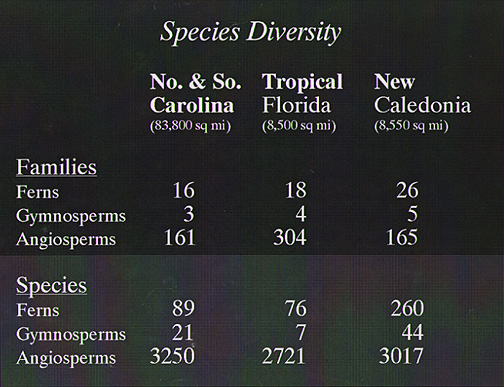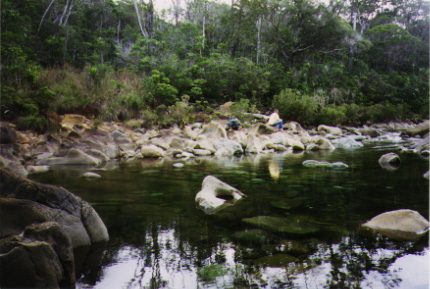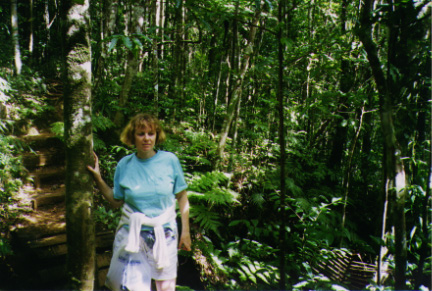
Kagu

Kagu
Geography
New Caledonia is a French territory situated in the south west
Pacific ocean just north of the Tropic of Capricorn, 1,500 kilometers
east of Australia and the same distance north of New Zealand. It is
an archipelago comprising a main island, Grande Terre, and the
smaller Loyaute Islands, Ile des Pins, and Belep Islands. Grande
Terre is a narrow sliver of land, approximately 390 kilometers long,
50 kilometers wide and very mountainous. Its capital, Noumea, along
with most of its population of about 145,000 is in the urbanized area
located in the drier, flat southwest coastal region of Grande Terre.
The more humid and mountainous exterior is much less developed.
Tourism and nickel mining are major industries. New Caledonia has one
third of the world's known reserves of nickel. The smaller islands
are younger and geologically of different origin than Grande Terre.
They are ancient coral reefs that established on volcanic bases
whereas New Caledonia was once part of the ancient continent
Gondwanaland.
Natural History
New Caledonia became isolated about 100 million years ago when
Gondwanaland separated into various continents including Australia.
Its plants and animals are highly distinctive and unique. It is
recognized by biologists as a cradle of evolution, a storehouse of
faunal and floral antiquities. Ancient plant families that died out
in the larger continents persisted in New Caledonia. Other plant
species evolved in the unusual metal rich soil that covers half the
main island. Today 80% of the 3,200 plant species on New Caledonia
are found nowhere else in the world. It is particularly rich in ferns
and conifers.
Many lizards and invertebrates are similarly unique to the island.
There are 41 species of terrestrial reptiles, mostly skinks and
geckos of which 28 are endemic. Since mammals had not yet become
dominant when Gondwanaland separated from New Caledonia, the only
native mammals are bats whose ancestors colonized the island via long
distance dispersal. Most of its 70 species of land birds also derived
from ancestors which dispersed long distances from New Guinea or
Australia within the last 50,000 years. Exceptions are the Kagu
(Rhynochetos jubatus), an endemic rail like flightless bird that
lives in the rainforest, and several other indigenous flightless
birds which recently have become extinct, including the giant
Sylviornus neocaledoniae that existed until the year 1000. The Kagu
is considered New Caledonia's national emblem.



